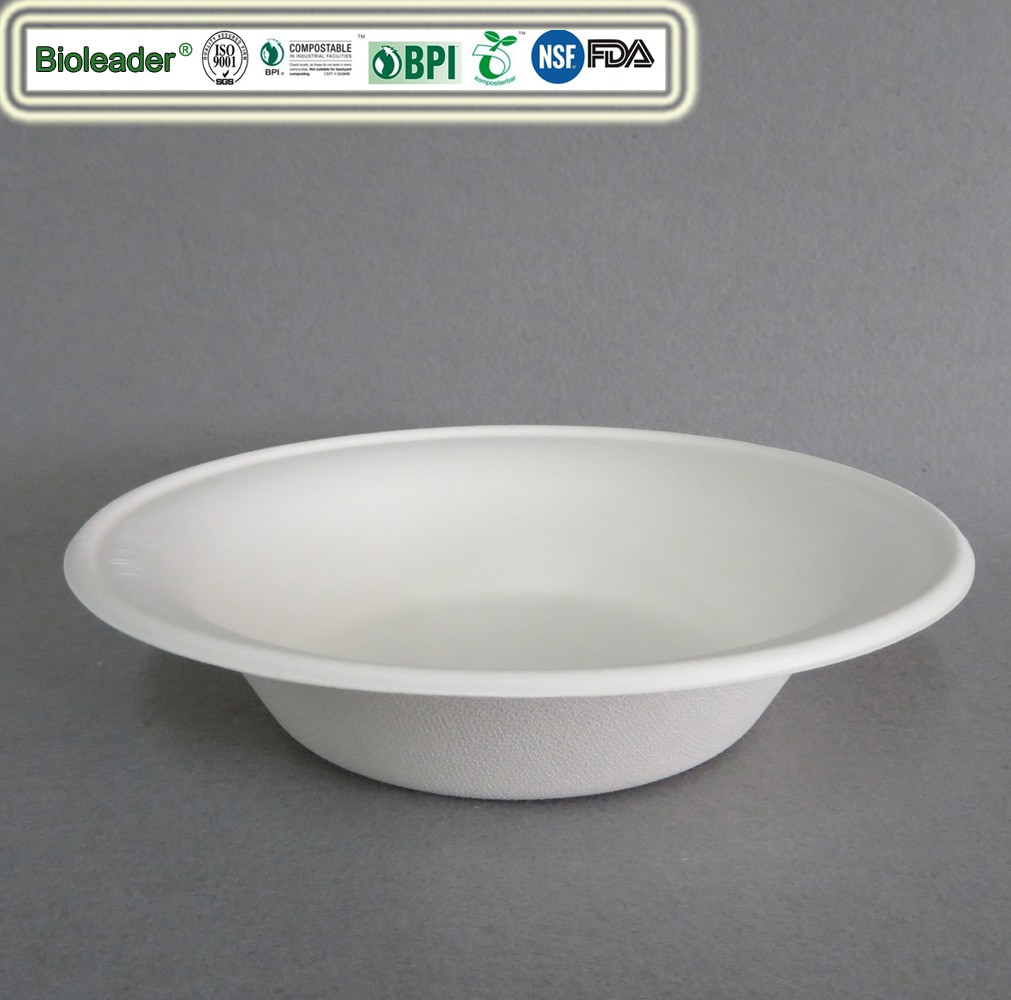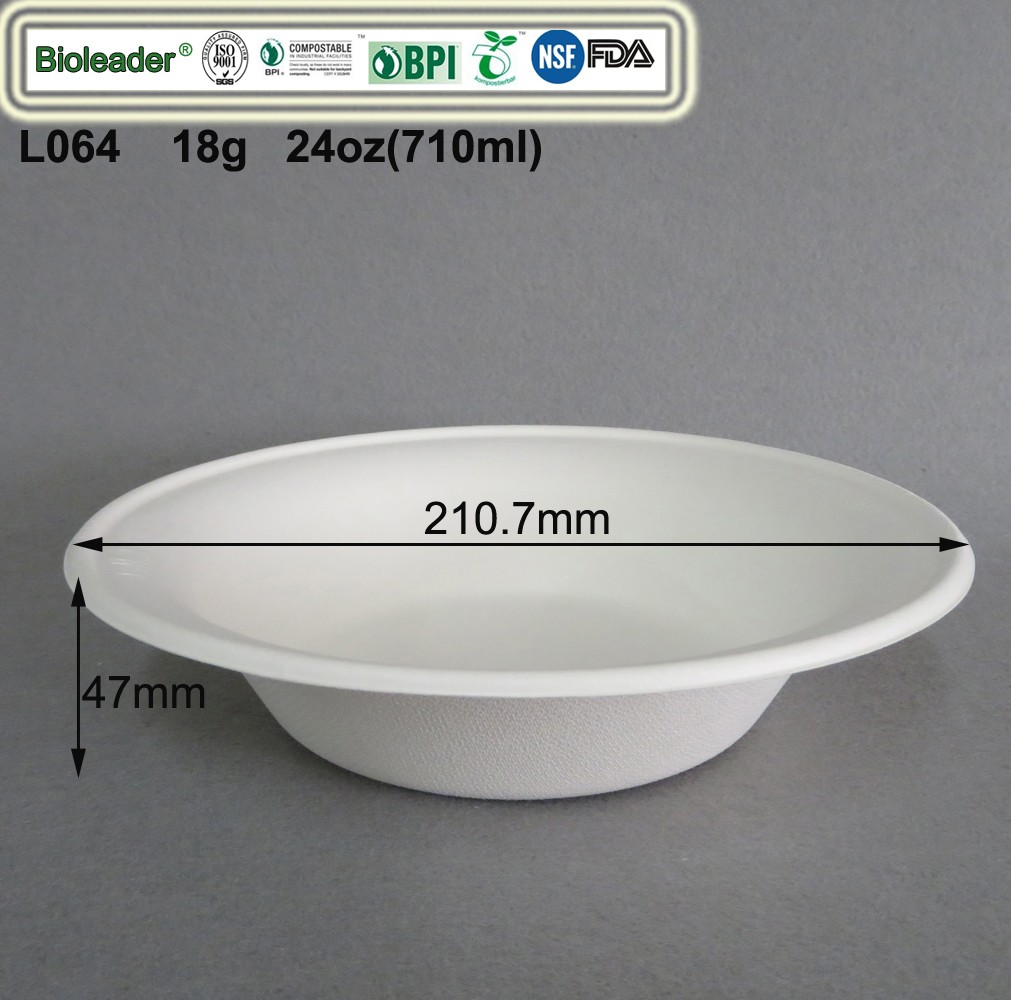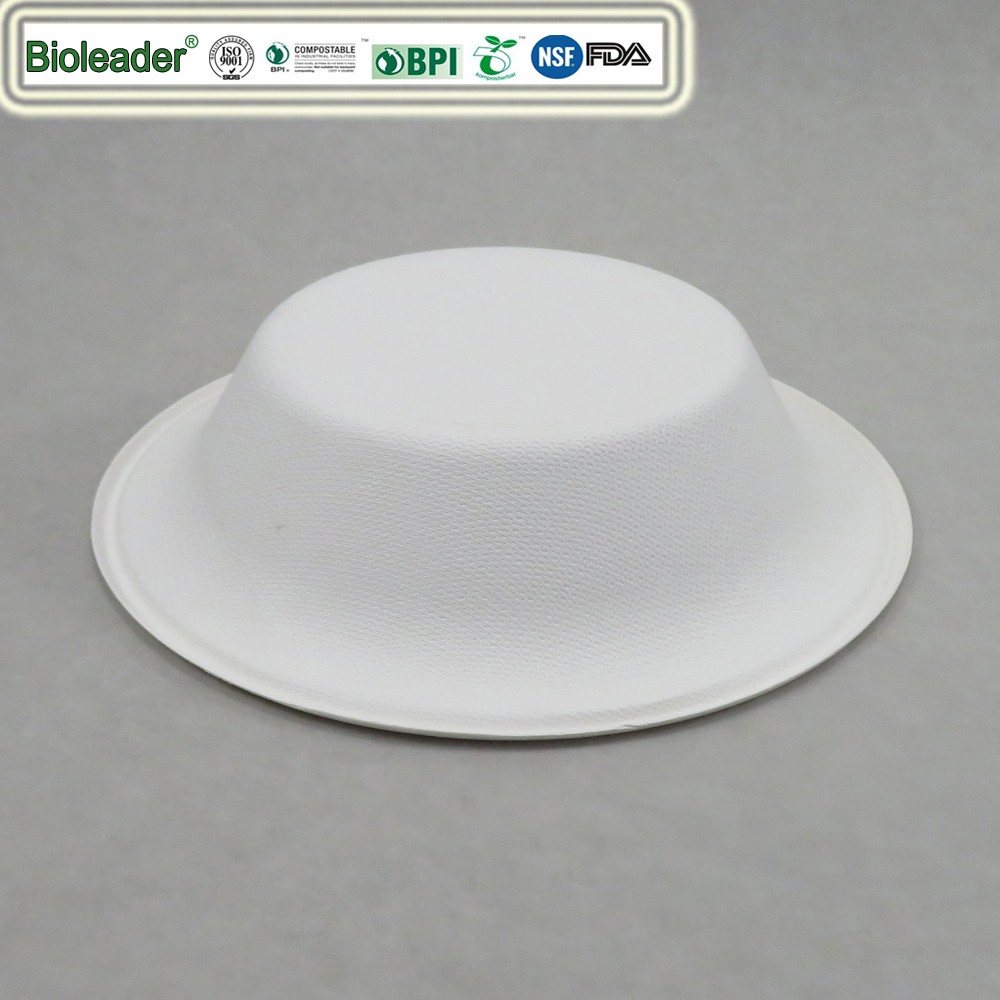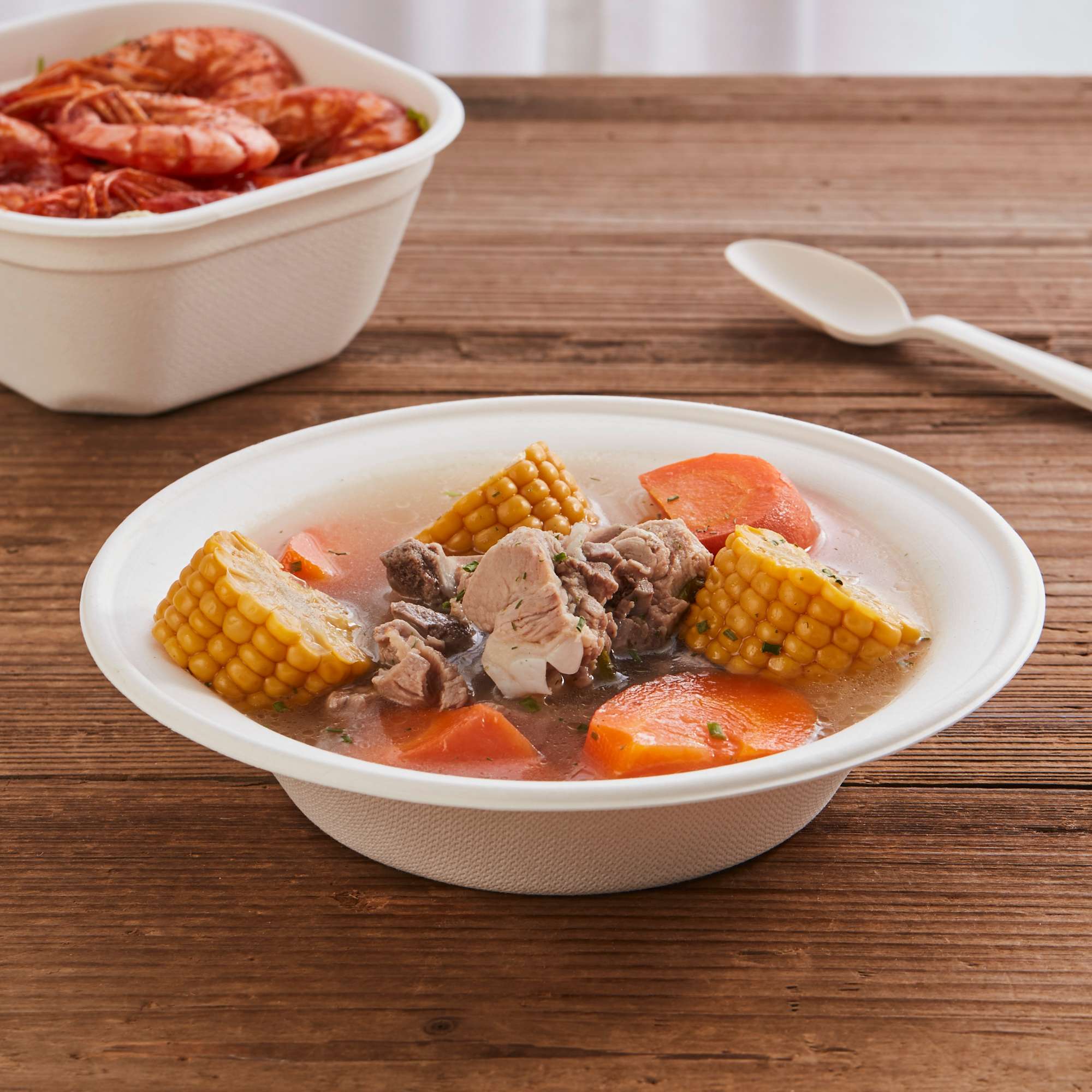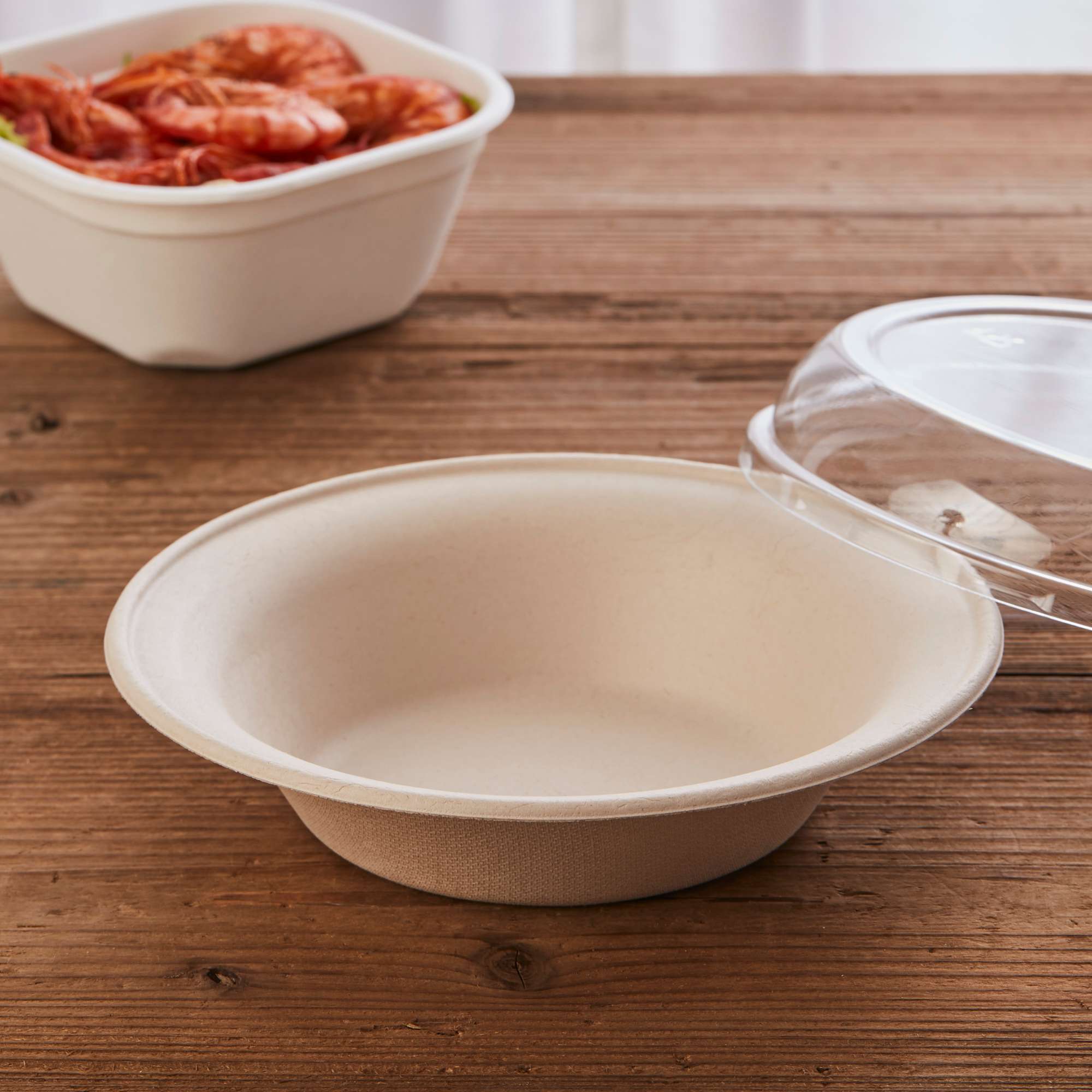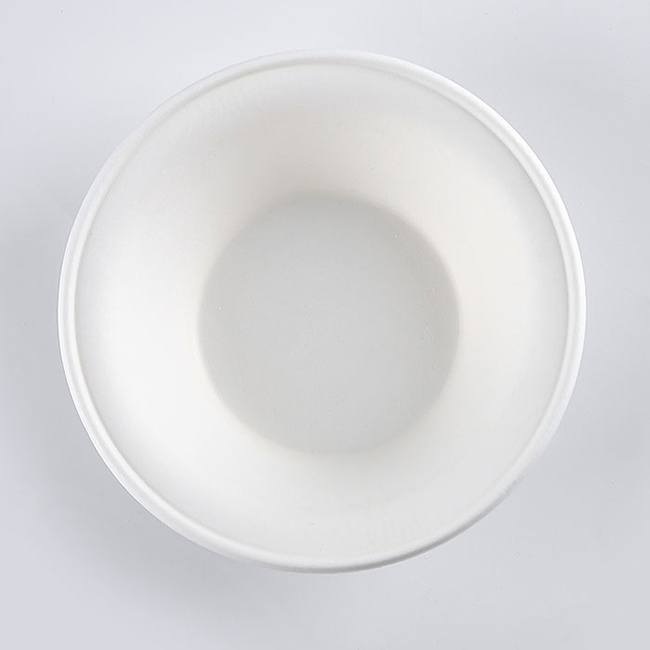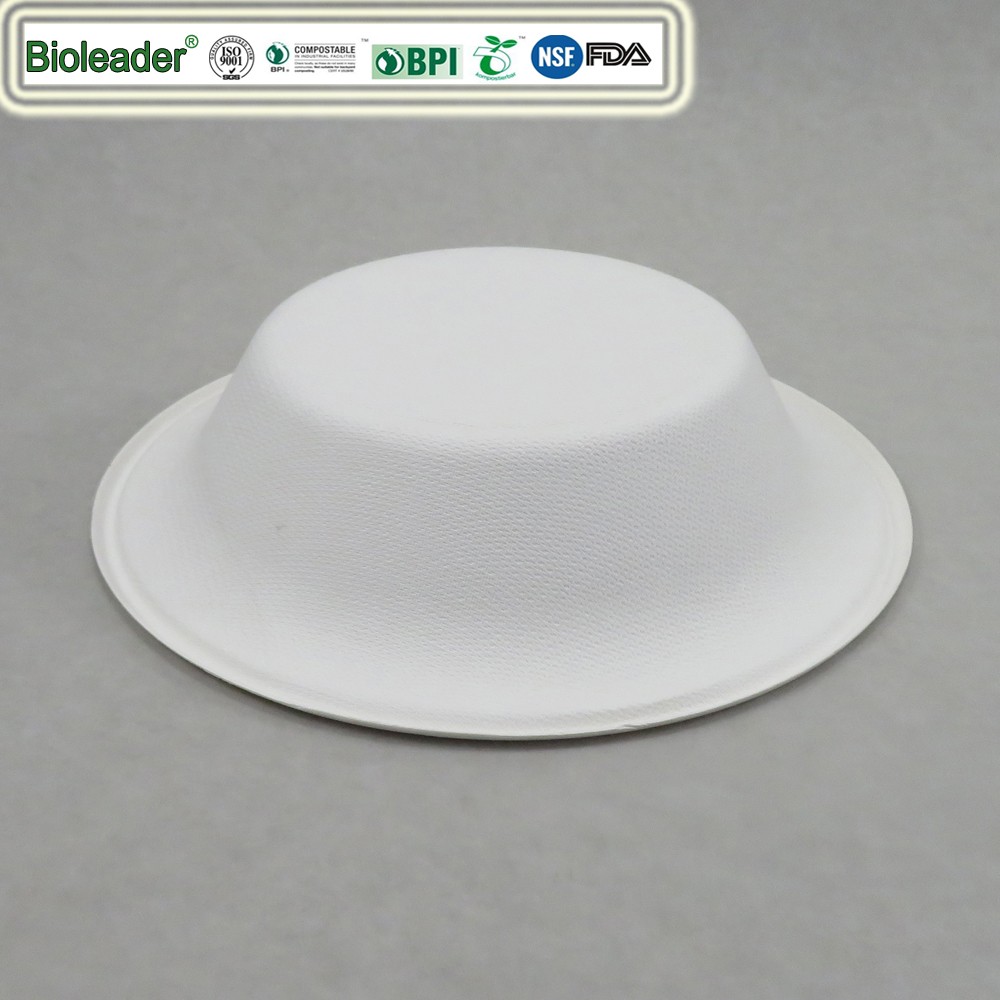
bagasse bowl
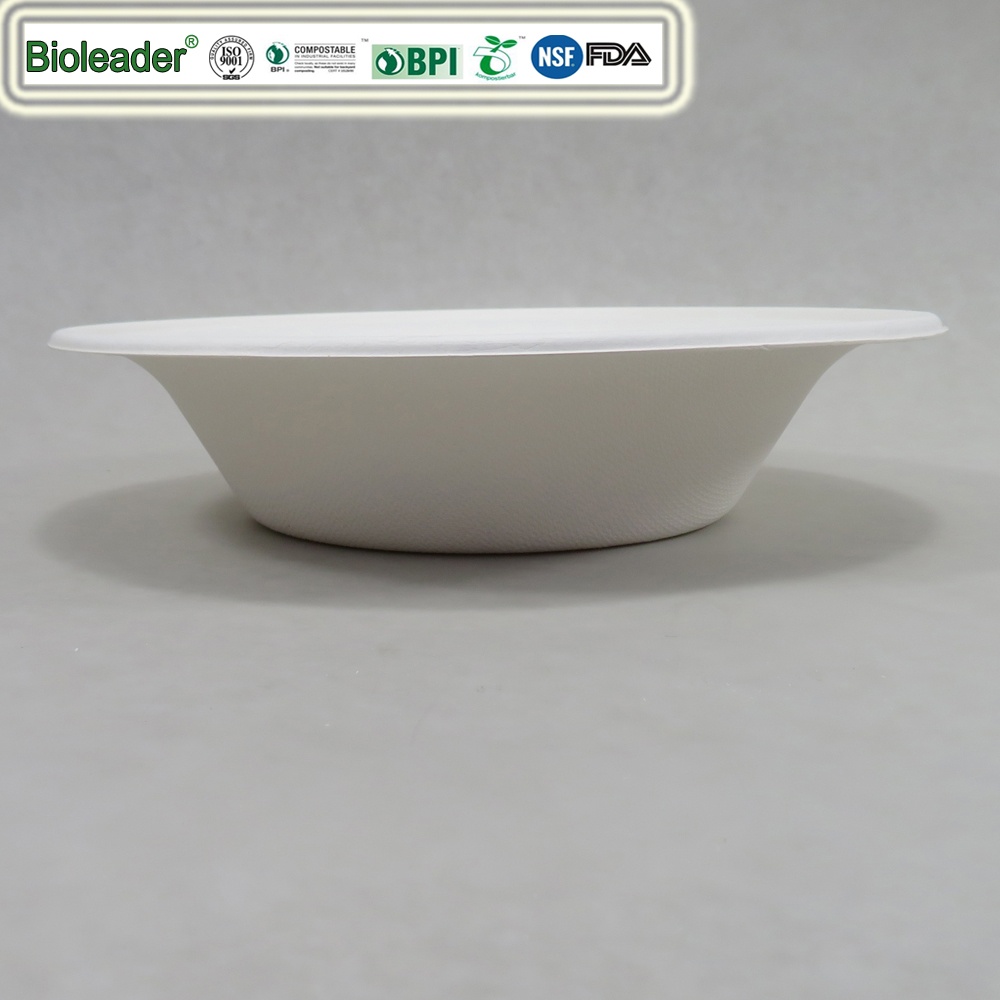
bagasse bowl 24oz
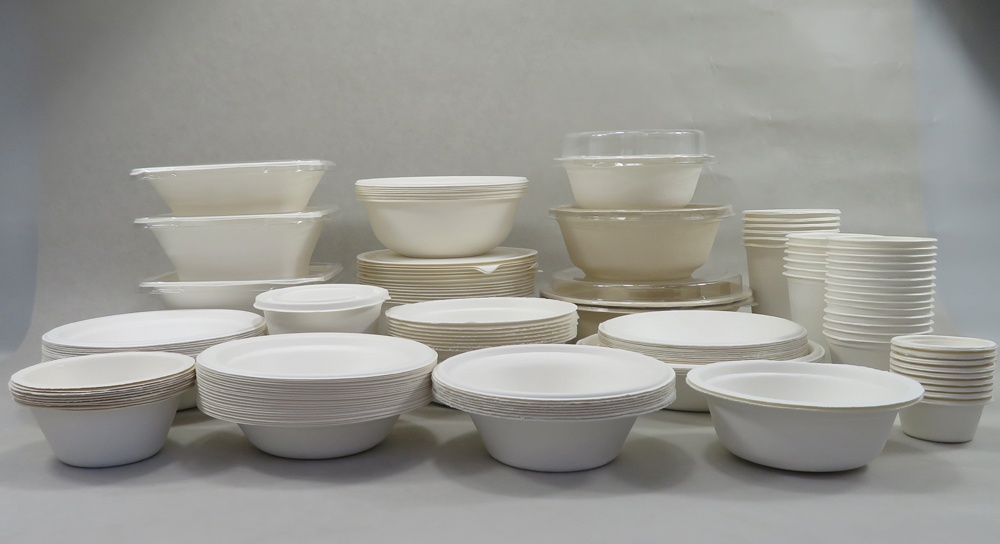
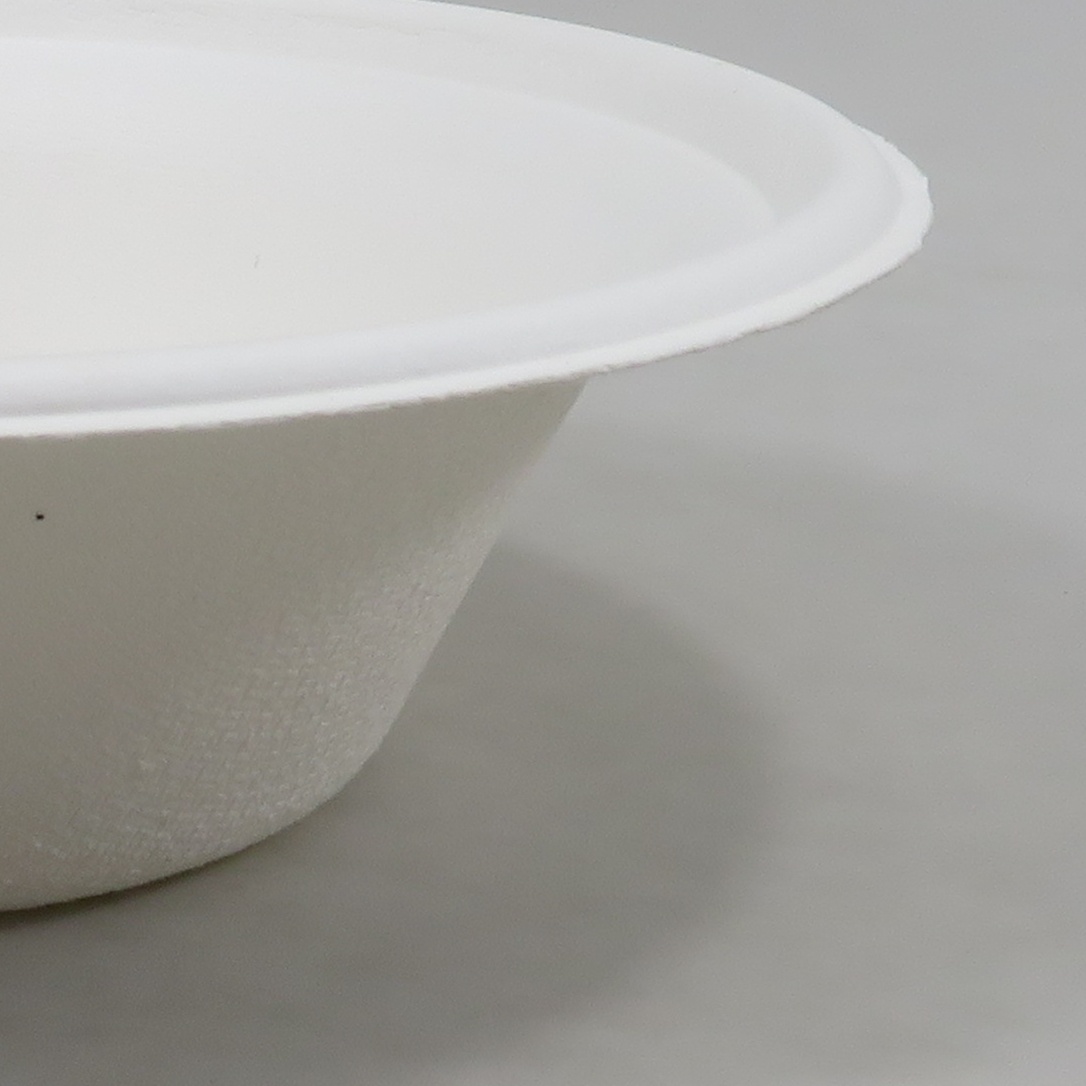
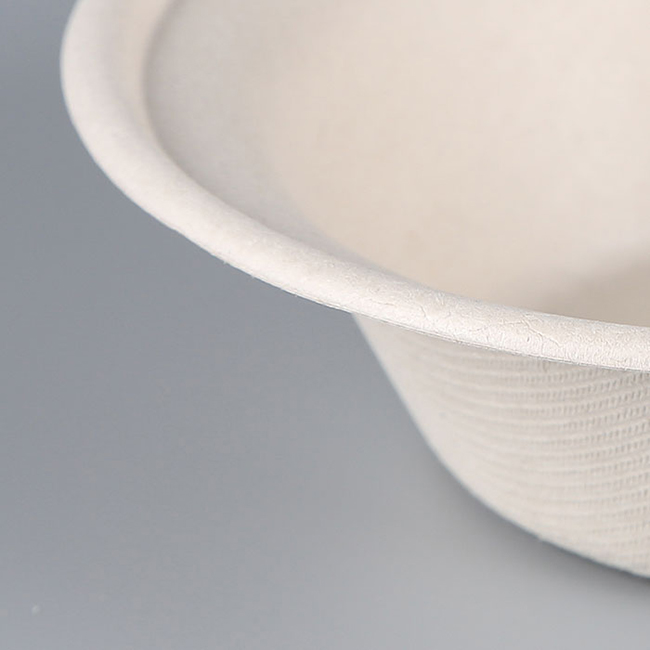
Sugarcane Bagasse Bowl
As there is a shift in focus towards sustainability in the world of packaging, there has been an upsurge in the usage of bagasse bowls, which are specially designed for food packaging. This makes these sugarcane bowls highly preferred as they are above average in the areas of strength and safety, in addition to being both biodegradable and compostable. The subject of this article is the material of the product, the production process, its specific characteristics, areas of use, and changes in the biodegradable bowl market.
Material: Sugarcane Bagasse
In manufacturing a bowl made of sugarcane bagasse, the major ingredient used is bagasse, which is a fibrous residue after juice extraction from sugarcane. Being a raw material, this natural resource is widely available and renewable hence a much better option as compared to plastic or Styrofoam bowls. Besides sugarcane bagasse being eco-friendly, it is also always in attendance in the environment. As polyethylene, which can take hundreds of years to decay, sugarcane bagasse bowls can deteriorate in less than 90 days when placed in an industrial composting environment.
Production Process: Pulp Molding
The making of a biodegradable bowl out of sugarcane explains the importance of paper pulp molding in the general manufacturing process. In this method, the bagasse fibers are made into a pulp which is afterward molded into bowls under high pressure.
It has thus been able to manufacture a strong vessel and does not leak out any liquid or oil, such as a typical bowl. After the addition of paper pulp and once the resin dries, the bowls can be shaped into different sizes and shapes according to the requirements of the food units. The plain nature of this operation reduces not only the amount of energy used but also the cost that has the effect of making sugarcane bagasse bowls attractive to both manufacturers and consumers.
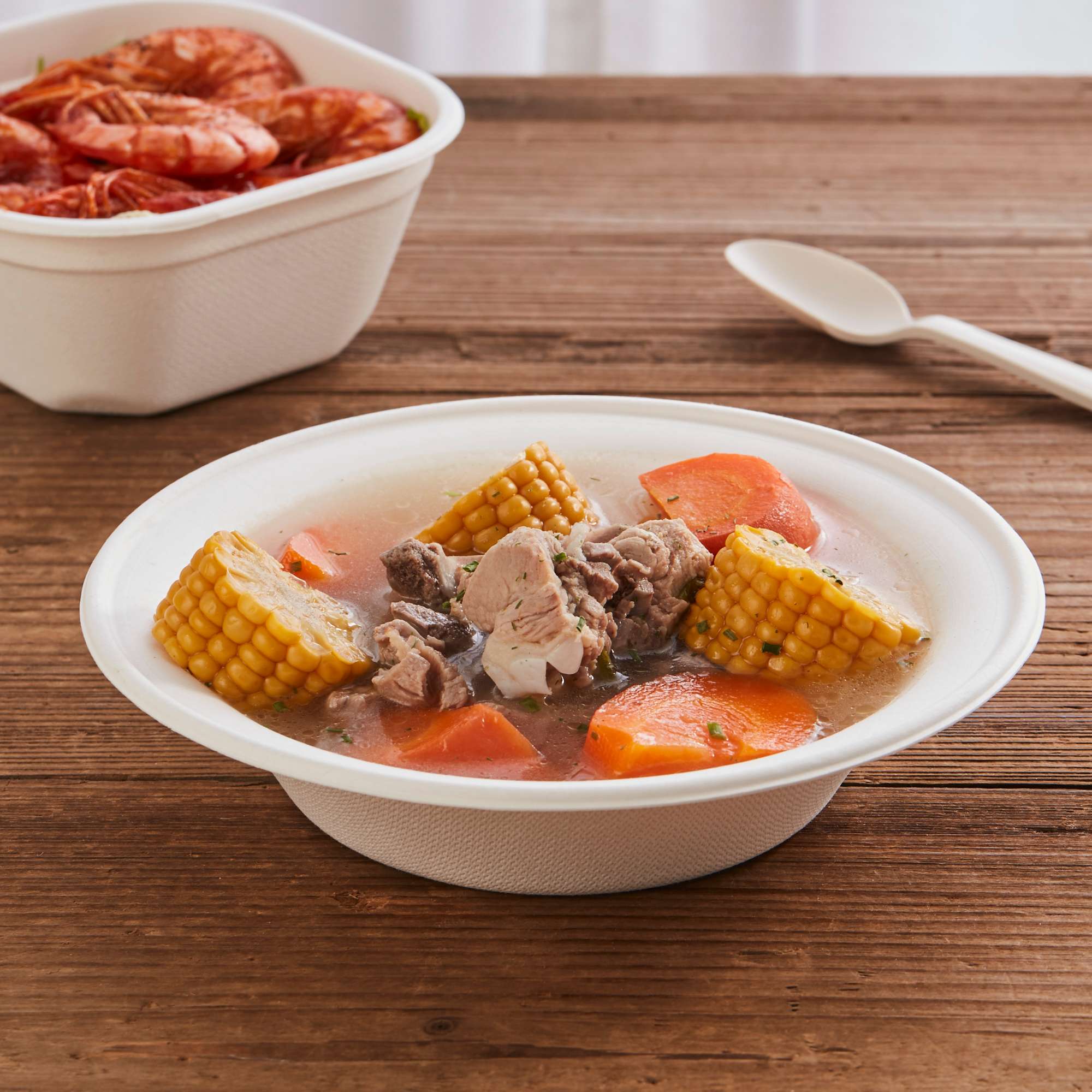
biodegradable bowl
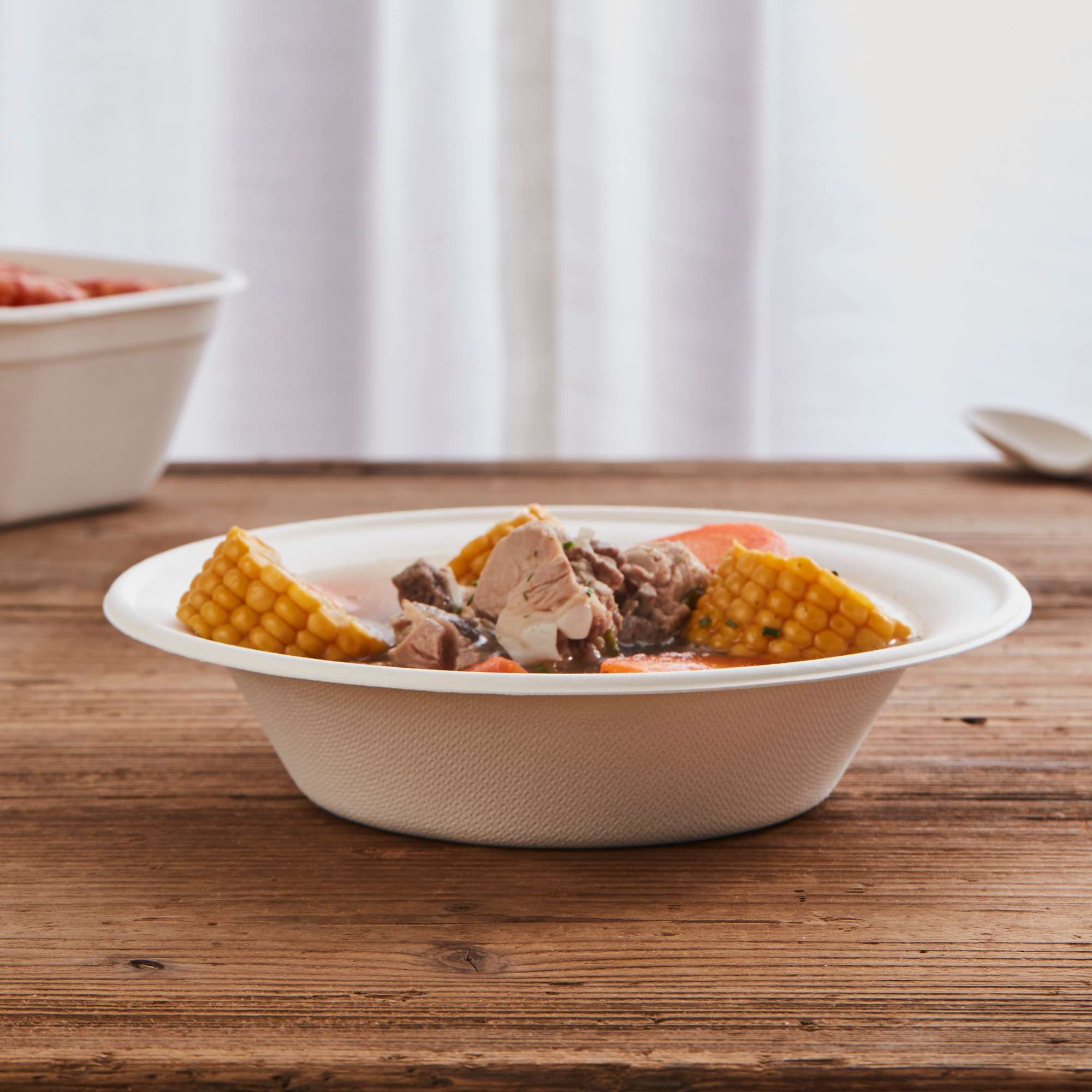
bowl biodegradable
Key Characteristics of Bowl
The sugarcane bowl is equipped with several characteristics that make it eco-friendly, which is unlike any other disposable container:
To stress it again, these bowls vanish in a period, without a trace of any toxic waste. They do not have to be disposed of exclusively in centers, but may also be done at home, particularly for those that can afford some space for gardening.
All bagasse bowls are manufactured without the use of any harmful chemicals like PFAS and BPA, which are hazardous to human health when inhaled or ingested in food.
Leak-Proof and Waterproof
There are these biodegradable bowls that are constructed in such a way that they can carry food in a soup form without leaking or dissolving.
These bowls are made well so that even oily substances like salad dressings dosage noodles and things with oil do not damage or stain the bowl.
One more major advantage is that these bowls are microwaveable which promotes the ease of reheating food inside the container itself.
Costs and Benefits
Benefits
- Less Pollution These bowls are crease-free and free of toxins so they are compostable and eliminate the excuse of throwing the use of toxic waste away.
- Non-Toxic and Non-Hazardous: These substances do not contain any harmful substances such as PFAS and BPA.
- Wide Usage: Food can be heated in bowls or chilled and food liquids or greasy foods can also be placed in the dishes.
- Strong: Impregnated with a that makes them leak-proof and boned-resistant to microwave heating for added comfort.
Drawbacks
- Costlier: Biodegradable bowls are likely going to be small and have no other bias apart from plastic ones and even one known as Styro is vanishing slowly with improved demand.
- Limited resistance against time: While great for short use periods, bagasse bowls might not withstand the storage of wet or heavy foods for an extended time.
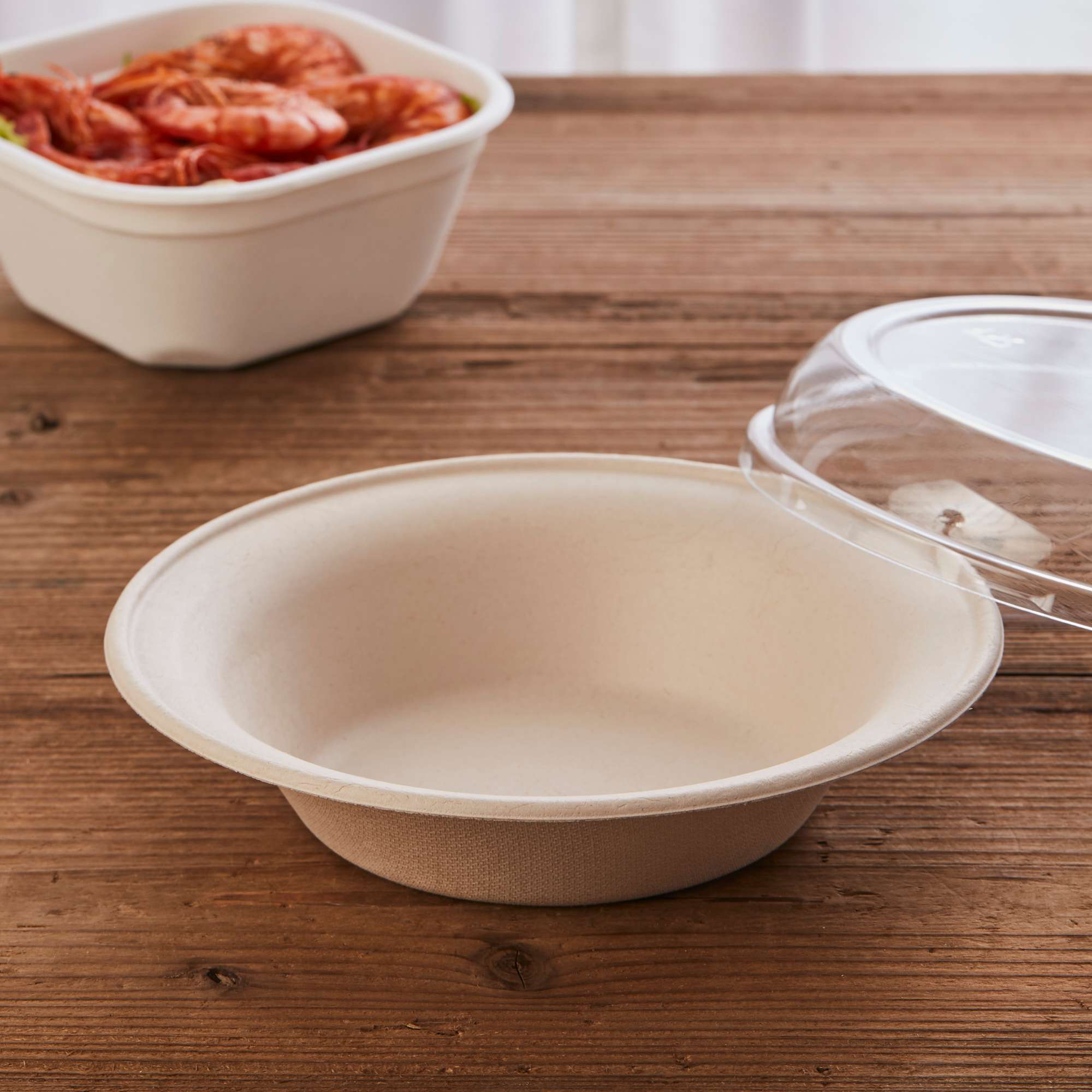
sugarcane bagasse bowl
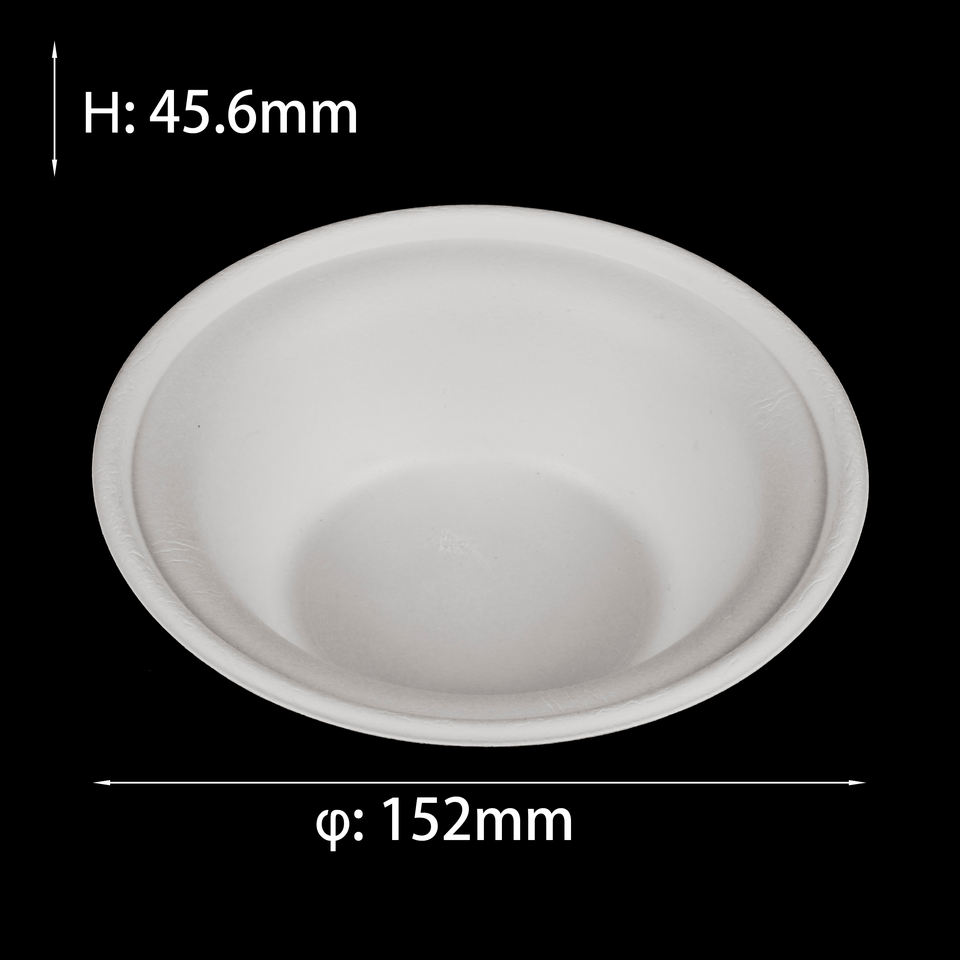
sugarcane bowl 24oz
Use Cases and Practical Applications
Sugarcane bagasse bowls have a lot of applications and are multi-purpose, covering a wide scope of everything:
- Restaurants and Takeaways: …regardless of it all, in-house or outside consumption, delivery of sugarcane bowls remains a fair green for providing meals. Their ability to retain moisture and resist greases enables the sugarcane bowls to be used for soups, noodles, salad dishes, and the like.
- Parties and Events: Party hosts who care about the environment and the appearance of disposal items that are given to guests for these purposes are ideal for these bowls. They are handy for occasions of quick disposal of trash after a program.
- Catering and Food Packaging: Not only restaurants, but a great deal of other catering service providers also began to make use of these dark green disposables for big events. They are versatile in shape and can contain a lot of food types while serving the best at the same time in terms of environmental practice.
- Household Use: Increased awareness of due to sugarcane bagasse bowls made it home usage by many individuals. It can be used for family meals, dishes for picnics, and barbeques, and what is even attractive is that none contribute to the dumping of excess waste.
Market Thoroughfare
With the rising awareness and concern of consumers and companies about the environmental impacts, the market for biodegradable bowls, and other packaging options is soaring. The recent ban on selling single-use plastics in many nations has propelled the switch to non-plastic options, for example, sugarcane bagasse bowls. Most of the large restaurants and fast-food chains have vowed to adopt environmentally friendly packaging and the sugarcane bagasse bowls are actively participating in this cause.
The manufacturers are always thinking outside the box, making bowls of different dimensions, contours, and forms to suit the increasingly diverse market. Since more and more companies will start projecting their eco-friendliness curve, the demand for cheap, sustainable sugarcane bagasse bowls is predicted to increase further.
Other Size:


Common Questions
Q: Do sugarcane bagasse bowls pose a threat to the environment?
A: Yes, the bagasse bowls are biodegradable and are a better and more environmentally safe option than plastic containers.
Q: Are bagasse bowls microwave-safe?
A: Yes, sugarcane bagasse bowls are microwavable, which means you can warm the food without the fear of toxic substances leeching into the food.
Q: What’s the decomposition time of a sugarcane bagasse bowl?
A: Under industrial composting conditions, these types of biodegradable bowls would decompose in less than 90 days.

